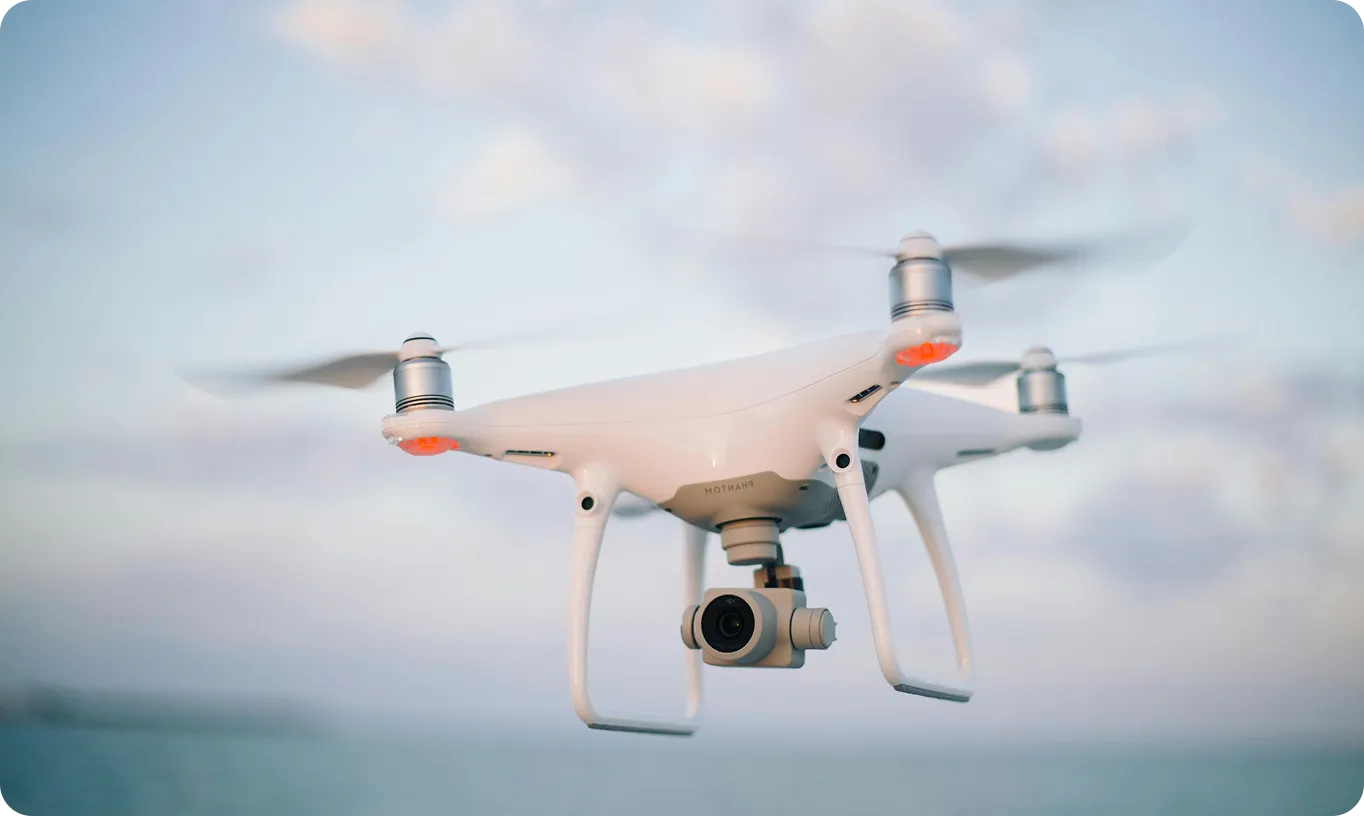Docker is a powerful platform from Docker, Inc. that simplifies developing, shipping, and running applications using containers. Containers package an application with all its necessary components, such as libraries, system tools, code, and runtime environments. This packaging ensures the application runs consistently across different computing environments, minimizing discrepancies between development, testing, and production setups. For professionals working in Machine Learning (ML) and Artificial Intelligence (AI), Docker offers a streamlined approach to managing complex software dependencies and deploying models reliably and efficiently. It achieves this isolation and portability through containerization technology, which is more lightweight than traditional virtual machines.
Core Concepts of Docker
Understanding Docker involves grasping a few fundamental components:
- Dockerfile: A text file containing instructions for building a Docker image. It specifies the base OS, dependencies, code, and commands needed to set up the application environment.
- Docker Image: A read-only template created from a Dockerfile. It includes the application code, libraries, dependencies, tools, and other files needed for an application to run. Images are used to create containers.
- Docker Container: A runnable instance of a Docker image. Containers are isolated environments where applications execute. They share the host system's kernel but run in separate user spaces, ensuring consistency and isolation.
- Docker Hub: A cloud-based registry service provided by Docker for finding and sharing container images. It hosts thousands of public images, including official images for popular software like Python, PyTorch, and TensorFlow.
You can explore these Docker objects and concepts further in the official documentation.
Relevance in AI and Machine Learning
AI and ML projects often involve intricate environments with numerous dependencies (like PyTorch or OpenCV) and specific library versions. Managing these dependencies and ensuring consistent environments across different stages (development, testing, deployment) can be a major challenge. Docker effectively addresses these issues:
- Reproducibility: Docker ensures that the environment defined in the Dockerfile is identical wherever the container runs, facilitating reproducible research and reliable model behavior.
- Dependency Management: It isolates project dependencies within the container, preventing conflicts between different projects or with the host system's libraries.
- Simplified Collaboration: Teams can share Docker images, ensuring everyone works within the same environment, regardless of their local machine setup. This aligns well with MLOps principles.
- Efficient Deployment: Docker containers simplify model deployment by packaging the model, dependencies, and serving code into a single, portable unit. This facilitates deployment to various targets, including cloud platforms and edge devices.
- Scalability: Containers are lightweight and start quickly, making them ideal for scaling AI applications based on demand, often managed by orchestration tools. This supports computational scalability needs.
Real-World Applications in AI/ML
Docker's utility is evident in various AI/ML scenarios:
- Deploying Object Detection Models: A team develops an object detection model using Ultralytics YOLO to monitor wildlife in a conservation area. They use Docker to package the trained YOLO11 model, inference scripts, and necessary libraries (like OpenCV). This containerized application can then be consistently deployed on various edge devices placed in the field, ensuring reliable performance despite hardware differences. Ultralytics provides a Docker Quickstart guide to facilitate this process.
- Scalable Medical Image Analysis: A healthcare startup builds an AI tool for medical image analysis, perhaps for tumor detection. The deep learning model and its API are packaged into a Docker container. This allows the application to be deployed as part of a microservices architecture, where multiple container instances can be automatically scaled up or down based on the number of analysis requests, ensuring efficient resource use and responsiveness.
Comparison with Similar Terms
While Docker is central to containerization, it's often used alongside other technologies:
- Containerization: This is the general concept of packaging software into containers. Docker is the most popular platform for containerization, providing the tools to build, ship, and run containers.
- Kubernetes: While Docker manages individual containers on a single host, Kubernetes is a container orchestration platform. It automates the deployment, scaling, and management of containerized applications across clusters of machines. Think of Docker as creating the shipping containers and Kubernetes as the system managing the ships and ports. You can learn more on the official Kubernetes website.
- Virtual Machines (VMs): VMs provide isolation by emulating entire hardware systems, including a guest OS. Containers, managed by Docker, virtualize the OS, sharing the host kernel. This makes containers much more lightweight, faster, and resource-efficient than VMs, though VMs offer stronger isolation.
By leveraging Docker, AI and Computer Vision (CV) practitioners can significantly improve workflow efficiency, collaboration, and the reliability of deployed models. For a general overview of Docker's purpose, resources like OpenSource.com's Docker explanation offer accessible introductions. Tools like Ultralytics HUB often integrate with container technologies to streamline the end-to-end ML lifecycle, from training to deployment.









